You have a snuffbox!
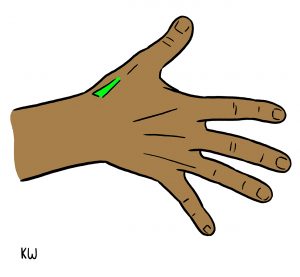
Here’s how to find it: Bend you elbow so that you can see the back of your hand. Spread your fingers and thumb wide, and look at the place where the tendons of the thumb meet the back of your wrist. On the thumb side of the wrist there is a little triangular pit. See it? That’s your anatomical snuffbox! According to Wikipedia, people used to put snuff in that depression and then sniff it up. Why is it called anatomical? Aspiring medical students use it to locate some thumb tendons and blood vessels.
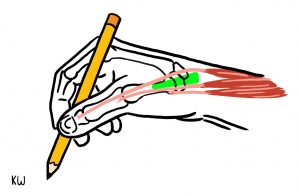
Why should those of us who use our hands be interested in the snuffbox? Two of these tendons are prone to a painful inflammation called de Quervain’s tenosynovitis. Wikipedia says that this thumb condition was also called “washer woman’s sprain” and that it was named after the Swiss doctor, Fritz de Quervain.
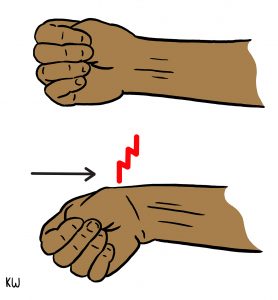
Take this tendon test: Hold your hand in front of you, thumb up towards the ceiling, elbow straight. Make a fist by tucking your thumb onto your palm and closing your fingers over the top of it. Now, bend your wrist down towards the floor while keeping hold of you thumb. Do you feel a stretching sensation where that snuffbox is? Is there pain in that area? (I bet at least three people reading this feel pain.) If you do, then de Quervain’s tenosynovitis may be in your future!
Some symptoms of de Quervain’s include: wrist swelling; stiffness or pain when moving your wrist or thumb; pain at the base of the thumb while grasping or lifting something; or possibly numbness in your thumb or second finger.
The tendons of your snuffbox are like small ropes connecting your muscles to the base of your thumb. The tendons (and the sheathes covering them at the wrist) can get irritated from repeated use. This causes pain, weakness, and dysfunction.
Although there is no medical literature describing anything called Texting Artist’s Thumb, I imagine that hours of drawing, writing, and phone use might contribute to, or exacerbate overuse conditions like de Quervain’s. Overuse of the hand, wrist, or thumb is one risk factor for this injury. Other risk factors include: being pregnant; picking up infants and small children; and being between the ages of 30-50. How many risk factors do you have? Consider that when working long hours with your hands.
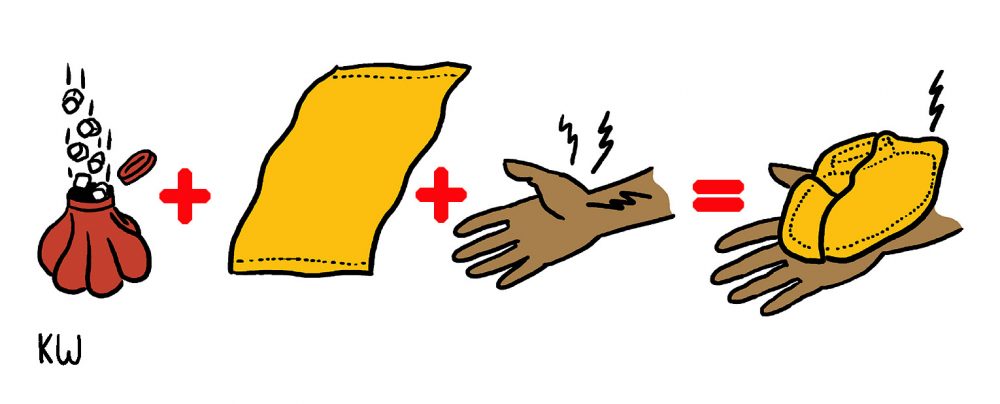
What should one do if one has pain in the area of their snuffbox? If the discomfort is mild, common treatments that you can try on your own include rest and ice application (wrap ice in a towel and applying it to the area until numb – not to exceed 20 minutes!) Massage or acupuncture may help you manage stiffness and pain. Physical therapy and corrective exercise can treat the condition and help prevent recurrence. Medical treatments might include splinting, medications, or in extreme cases, surgery. (Please go see a doctor beforesymptoms become severe!)
It is important to avoid activities that are causing pain. If texting or keyboard use is problematic, consider using a dictation function for writing. If you use your thumb or wrist for line work when you are drawing, consider working on a larger scale (if possible) or changing your stylus grip (if possible). You might also consider using a splint or brace while drawing.
It is possible that non-drawing activities are causing the problem. Are you playing a lot of tennis or using a hammer regularly? Are you picking up infants or children? Carrying groceries or furniture? Cut back on or modify these activities, as well.
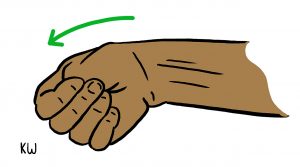
Warming up your hands and wrists with some gentle, pain free movements before drawing or activity may help reduce pain or prevent further injury. You can (gently!) stretch your snuffbox tendons by the thumb-trapping movement described at the beginning of this article. Hold a mild stretch for about 30 seconds. Only move your wrist into the stretch as far as you can go pain free. If you cannot perform the stretch without pain it is definitely time to go see a doctor!
Love your thumbs and they will love you back! Take care of your snuffbox tendons! Don’t use snuff! (It can give you sinus an/or throat cancer!) And for Pete’s sake remember that this column is not meant as medical advice!
Want more tips for keeping your drawing hand happy and healthy? Check out the Get a Grip archive!


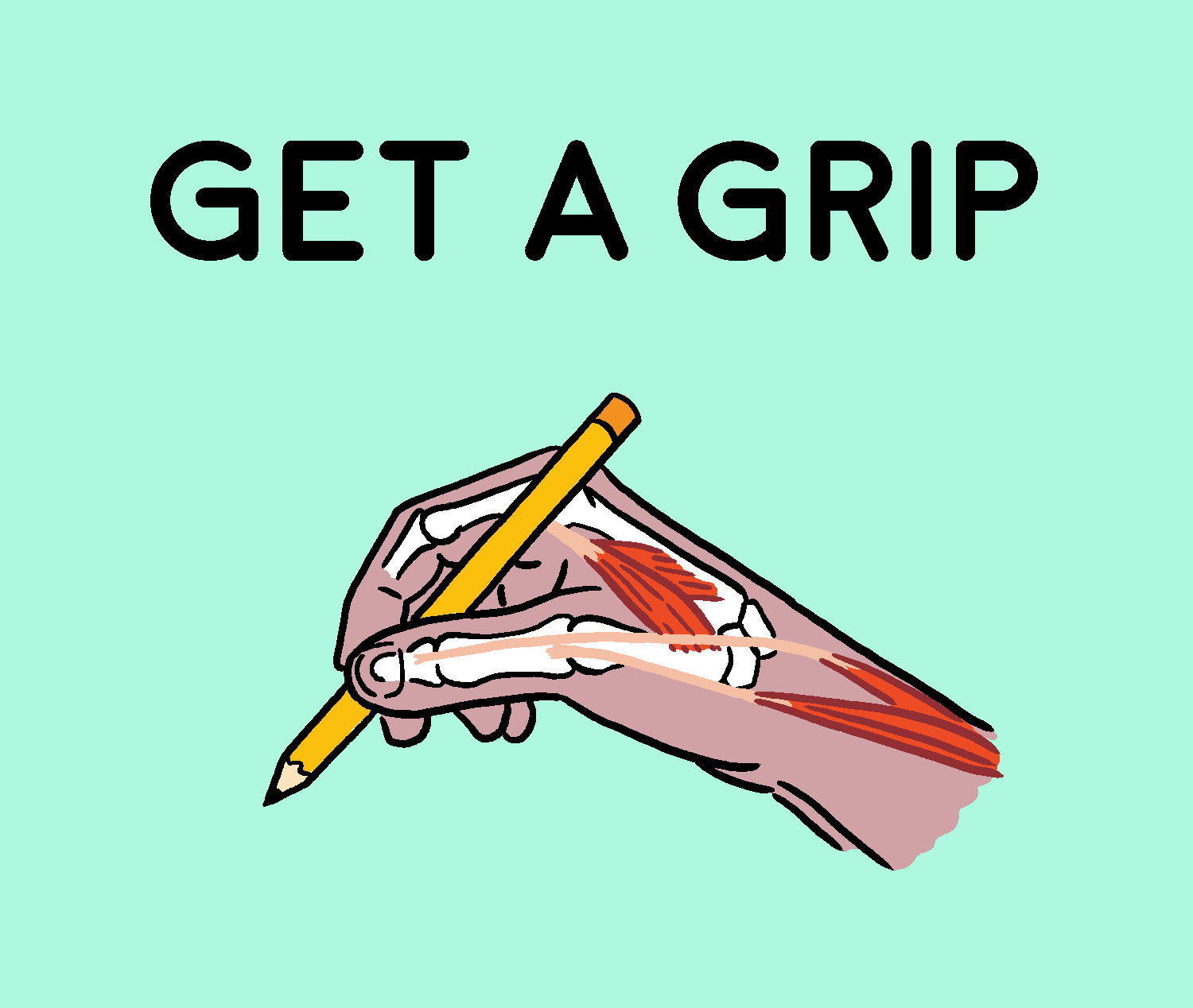





Comments are closed.